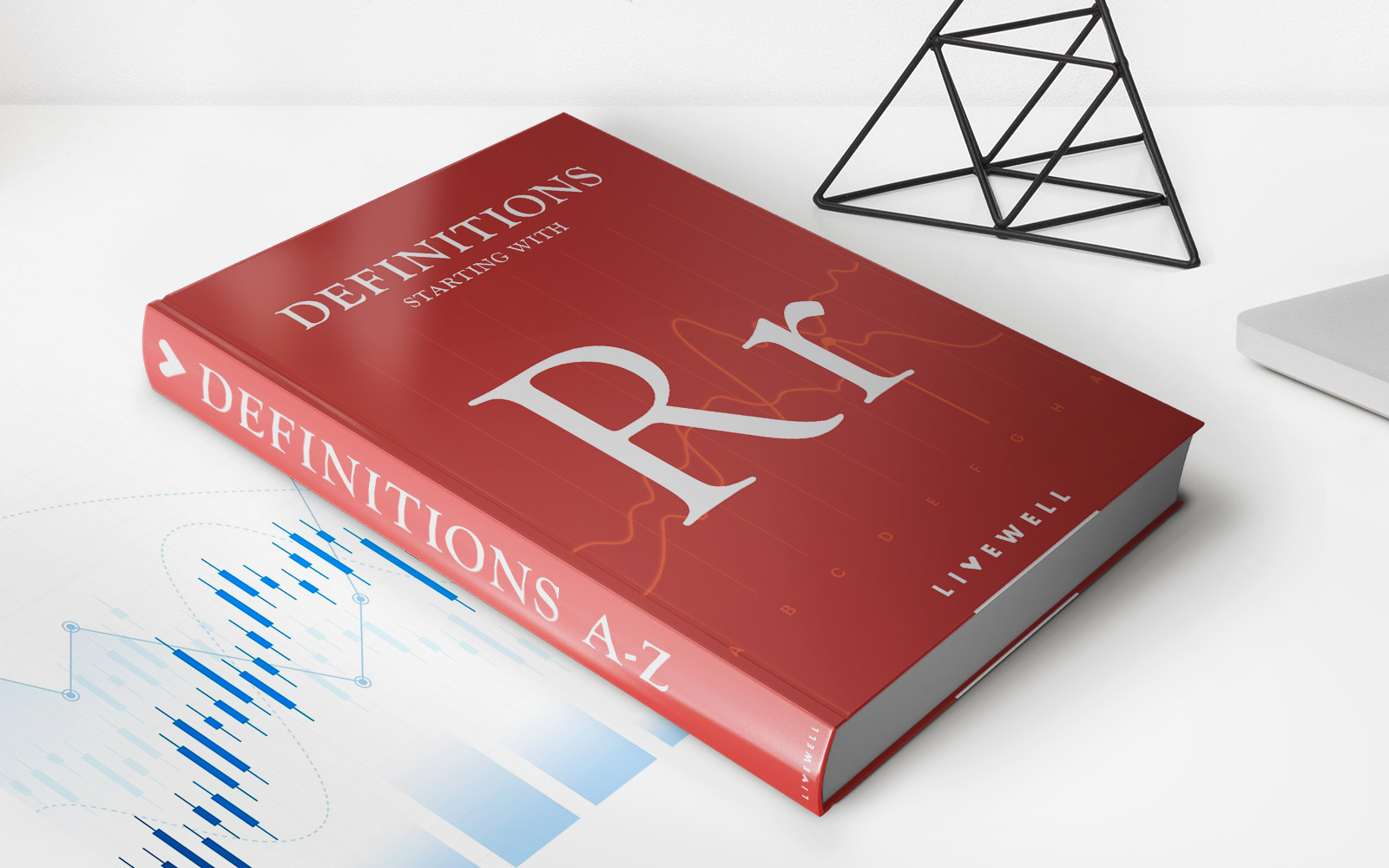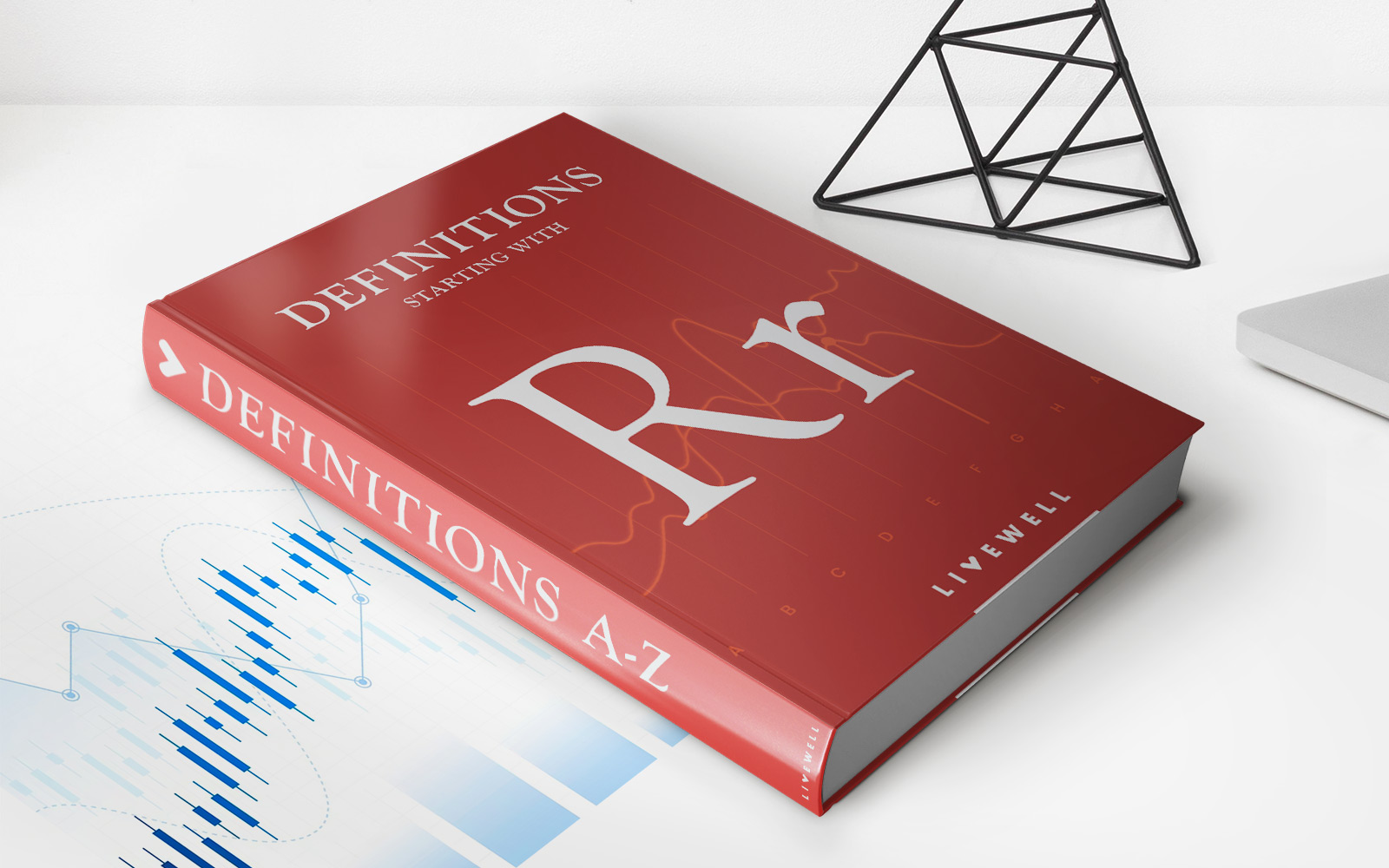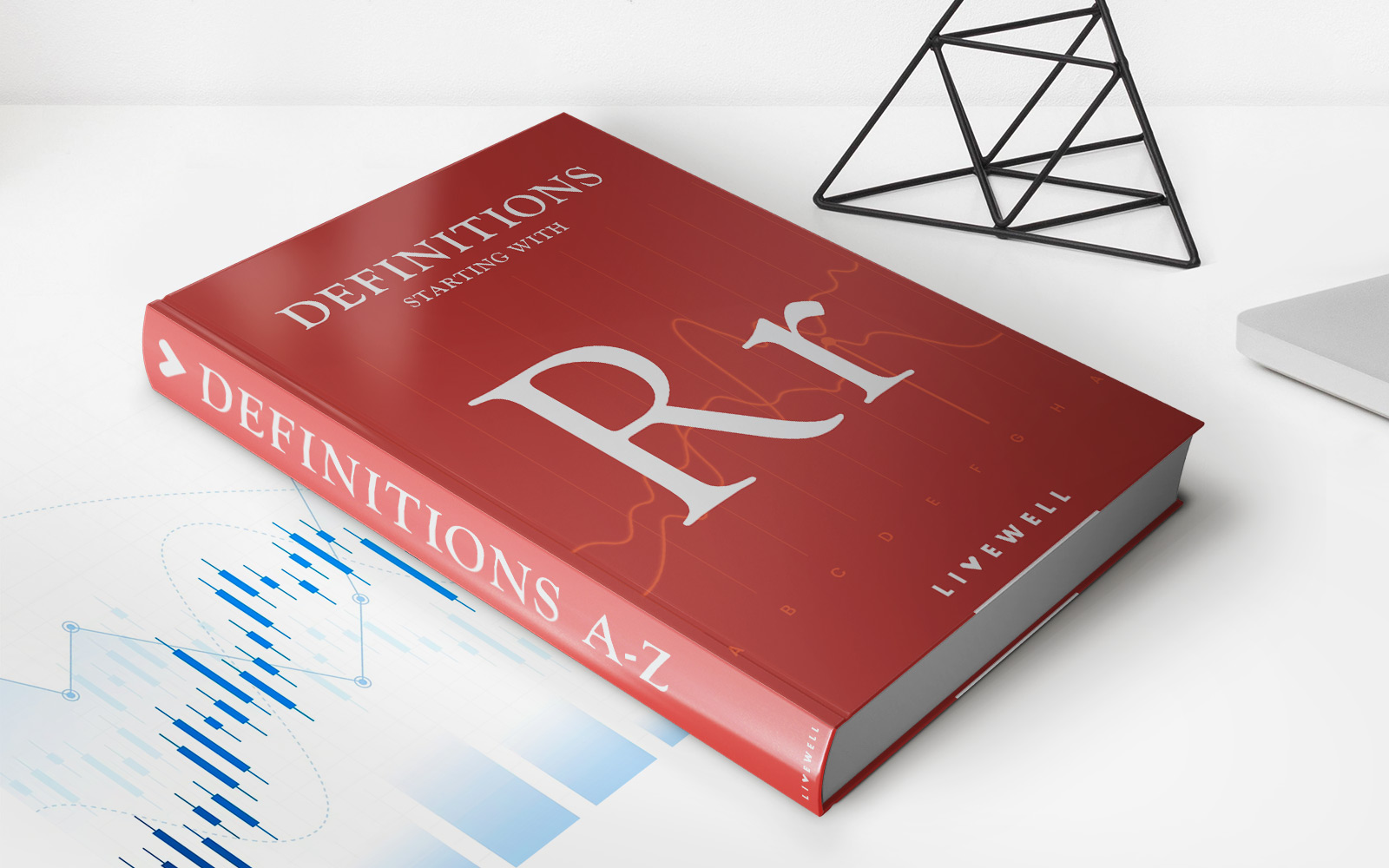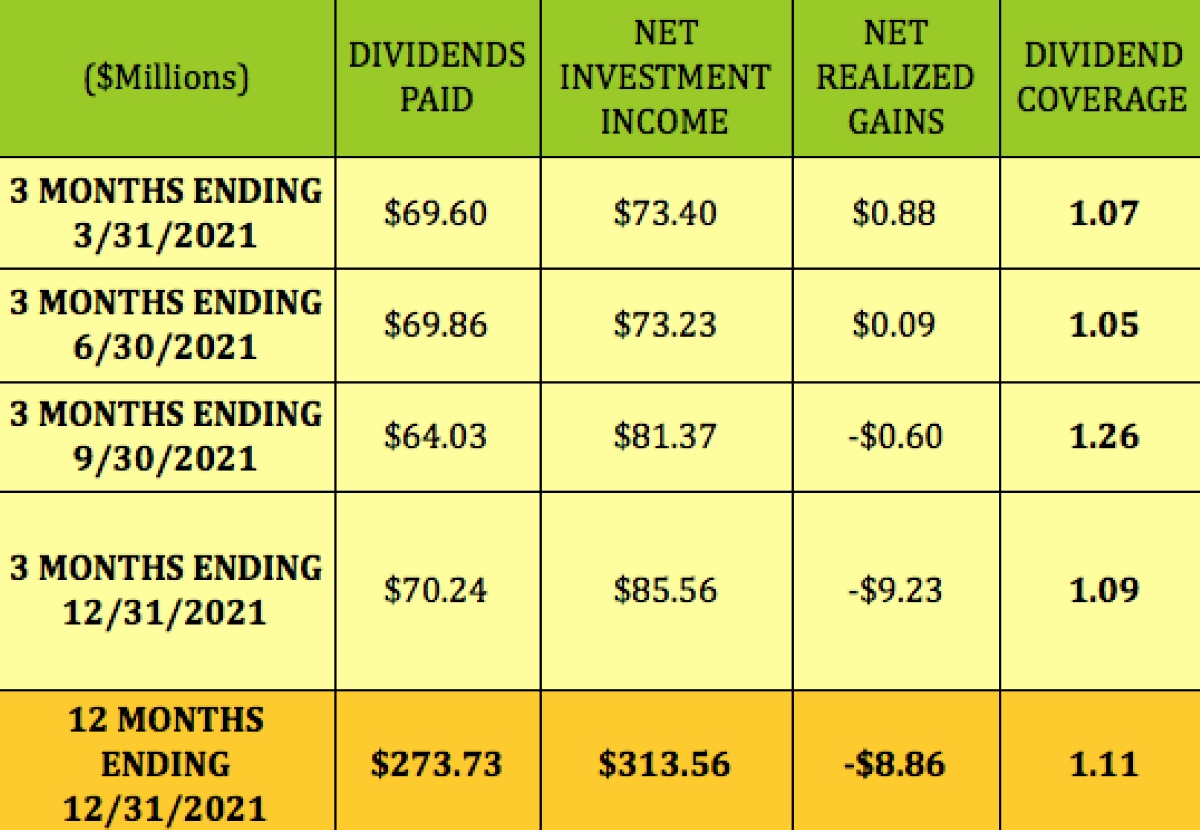Home>Finance>The Rule Of 72: Definition, Usefulness, And How To Use It


Finance
The Rule Of 72: Definition, Usefulness, And How To Use It
Published: January 22, 2024
Learn about the Rule of 72 in finance: its definition, usefulness, and how to effectively use it for financial calculations.
(Many of the links in this article redirect to a specific reviewed product. Your purchase of these products through affiliate links helps to generate commission for LiveWell, at no extra cost. Learn more)
Understanding the Rule of 72: A Financial Hack to Calculate Doubling Time
Have you ever wondered how long it would take for an investment to double its value? Or how compounding interest could impact your savings over time? If so, you’re in luck! In this article, we will explore the Rule of 72, a simple yet powerful formula that can help answer these questions and more.
Key Takeaways
- The Rule of 72 is a formula that estimates the number of years it takes for an investment to double in value.
- To use the Rule of 72, divide 72 by the annual growth rate or interest rate. The result is the approximate doubling time.
What is the Rule of 72?
The Rule of 72 is a handy financial calculation used to estimate the time it takes for an investment to double in value. It provides a quick and straightforward method to understand the impact of compounding interest, inflation, or growth rates on your finances.
The Rule of 72 works on the assumption that the growth rate or interest rate is constant over the given period. Although it may not be entirely accurate, it provides a close approximation for estimation purposes and can be a useful tool for financial planning.
How to Use the Rule of 72
Using the Rule of 72 is simple, and it only requires basic math. Here’s a step-by-step guide:
- Identify the growth rate or interest rate: Determine the compound annual growth rate (CAGR) or interest rate you want to use for calculations. This could be the rate of return on an investment, the inflation rate, or any other growth rate you want to estimate.
- Divide 72 by the growth rate: Take the number 72 and divide it by the growth rate. The result will give you the approximate number of years it takes for your investment to double in value.
For example, if you have an investment with a 6% annual growth rate, divide 72 by 6 to get 12. This means it would take approximately 12 years for your investment to double its value.
Similarly, if the inflation rate is 3%, dividing 72 by 3 gives you 24. This indicates that prices would double in around 24 years due to inflation.
Remember, the Rule of 72 is an estimation, and actual results may vary. However, it can still provide valuable insights into the power of compounding interest and growth rates over time.
Understanding the Significance of the Rule of 72
The Rule of 72 can be a useful tool in various financial scenarios. Here are a few instances where it can come in handy:
- Quickly estimating investment timelines: By using the Rule of 72, you can easily estimate how long it will take for an investment to double its value. This can help you set realistic goals and make informed investment decisions.
- Assessing the impact of interest rates: With the Rule of 72, you can gauge the impact of interest rates on savings or loans. For example, if you have a loan with a 9% interest rate, you can use the rule to estimate how long it will take for the debt to double in size.
- Understanding the effects of inflation: Using the Rule of 72, you can gain a better understanding of how inflation impacts your purchasing power. It allows you to estimate the time it takes for the cost of goods and services to double.
By having a grasp of the Rule of 72, you can make more informed decisions regarding your investments, savings, or loans. It acts as a mental shortcut, helping you comprehend the long-term implications of interest rates and growth rates.
Conclusion
The Rule of 72 is a powerful financial tool that provides a quick and easy way to estimate the doubling time of an investment. By understanding this rule and leveraging it in your financial planning, you can make more informed decisions about your savings, investments, and borrowing. So, next time you’re diving into the world of finance, remember the Rule of 72 and let it be your financial hack!














